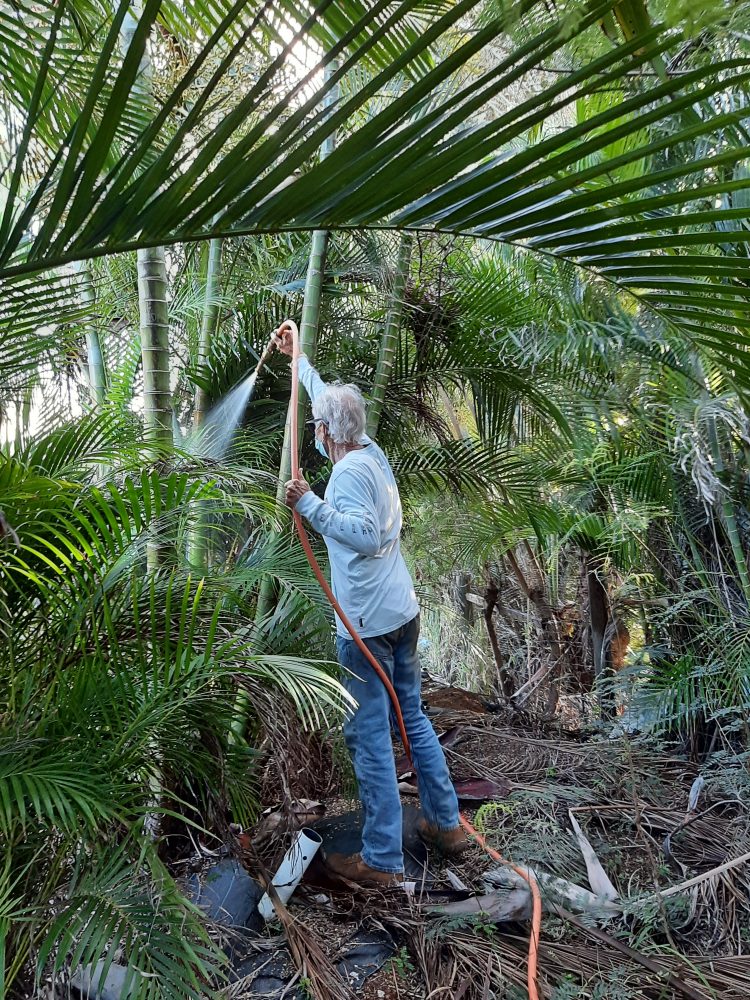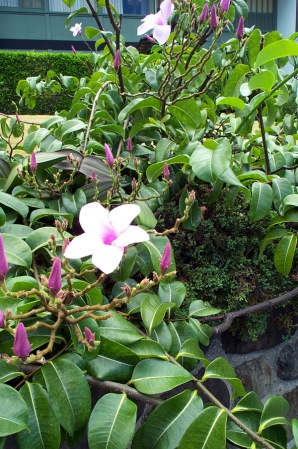Haʻikū communities are taking back their quiet nights from noisy, invasive coqui frogs, with tools and training from the Maui…
Read More
maui
Poisonous Rubber Vine Needs to be Controlled
When the crew from the Maui Invasive Species Committee (MISC) arrived on Moloka‘i in February of 2005, they soon realized…
Read More
Pampas Gone Wild-Haipua‘ena Part 2
Here’s a young, but mature, pampas grass in a mostly native rainforest…pulling this guy up will leave a big hole…
Read More



